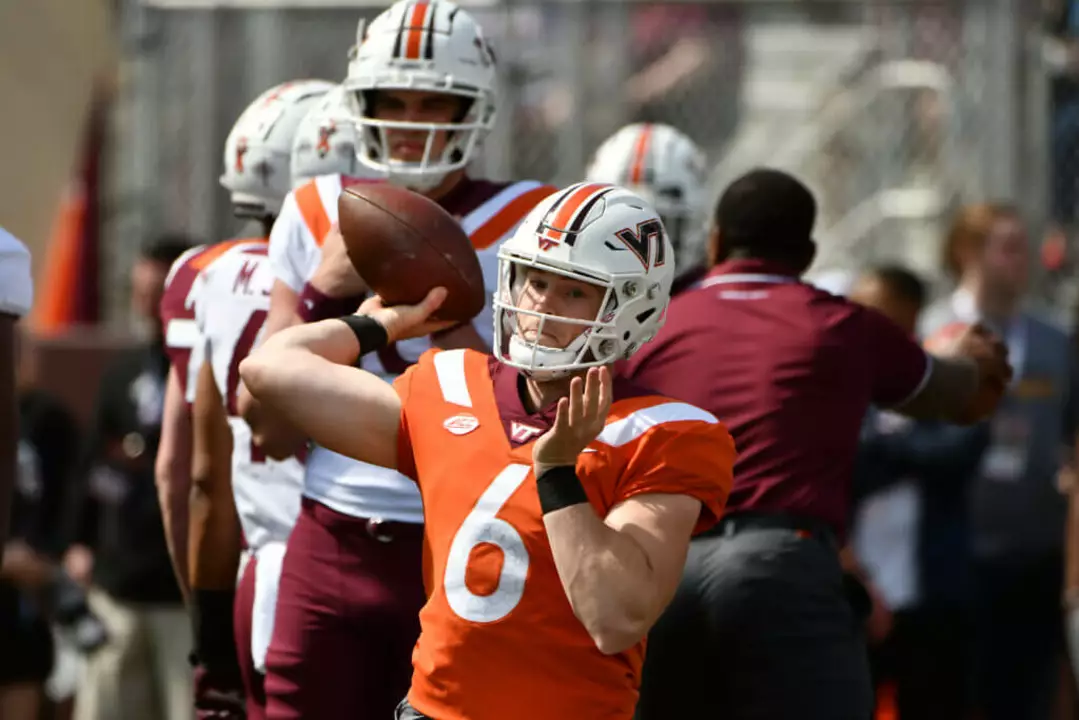College Sports and Athletics: What to Watch and How to Follow
College sports bring energy, rivalries, and young talent. Whether you follow cricket, basketball, track, or American college football, this page helps you keep up: schedules, rankings, standout players, and how to catch games without missing important moments.
Want quick updates? Scan game schedules and conference standings first. Look for match times in your timezone and note streaming or TV options. Many college events stream on official athletic sites, campus channels, or national broadcasters. For scouting future pros, focus on conference championships and national tournaments—those games draw the most attention from pro scouts and media.
How college sports are organized
Most countries split college athletics by level and conference or university league. In the U.S., the NCAA divides schools into divisions based on size and sports funding; Division I is the highest level and has major bowl games and playoffs. In India, university sports flow through inter-university meets, national championships, and events like the Khelo India University Games. Knowing how your league is set up makes it easier to follow rankings, postseason chances, and eligibility rules.
Eligibility and transfers affect rosters. Student-athletes balance classes, training, and recovery. Transfer windows, redshirt seasons, and academic rules can change who plays each week. For fantasy picks or match previews, check injury reports and official roster updates before you decide.
Practical tips for fans and families
Build a shared calendar with alerts for big matchups and rivalry games. Use official team apps and social media accounts for live updates, lineups, and injury news. If you go to games, arrive early for parking, student sections, and pregame traditions—campus events add atmosphere and are often part of the experience. Buy season passes when possible; they save money and lock in seats for key home games.
For student-athletes and parents, understand scholarship types and recruitment timelines. Scholarships differ by sport and school; contact coaches early, send highlight videos, and keep grades on track. Many schools require minimum academic standards for eligibility, so study time is part of the season plan.
Safety, health, and support
Player welfare matters. Pay attention to concussion protocols, heat policies, and return-to-play rules. Teams usually have athletic trainers and medical staff—if you follow coverage, note official statements about injuries rather than rumors. Mental health resources are also key; many programs now offer counseling to help athletes handle pressure and travel.
Where to find good coverage
Follow local beat reporters, official athletic pages, and league sites for verified stats and quotes. Postgame interviews and coach pressers tell you more than raw scores. For deeper reads, look for feature articles that profile players, training routines, and team culture. This category will highlight match recaps, rankings, how NCAA football works, scholarship advice, and profiles of promising student-athletes.
Want a game covered or have a tip? Tell us which match, coach, or player to watch. We prioritize accurate scores, standout performances, and stories that matter to campus communities. Send details; we’ll cover what readers care about today.
